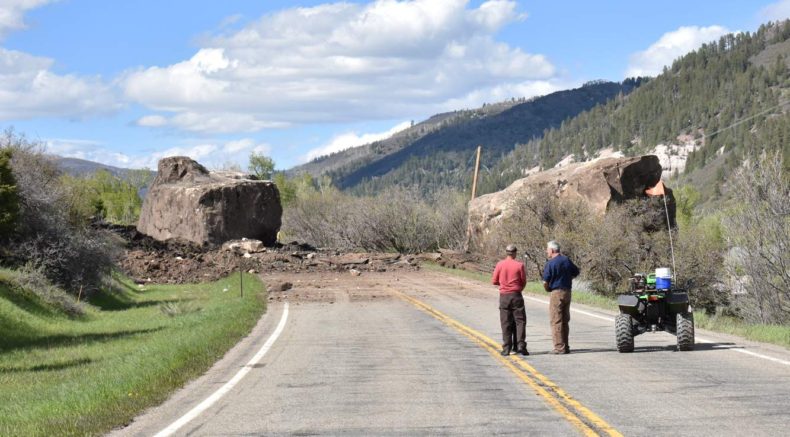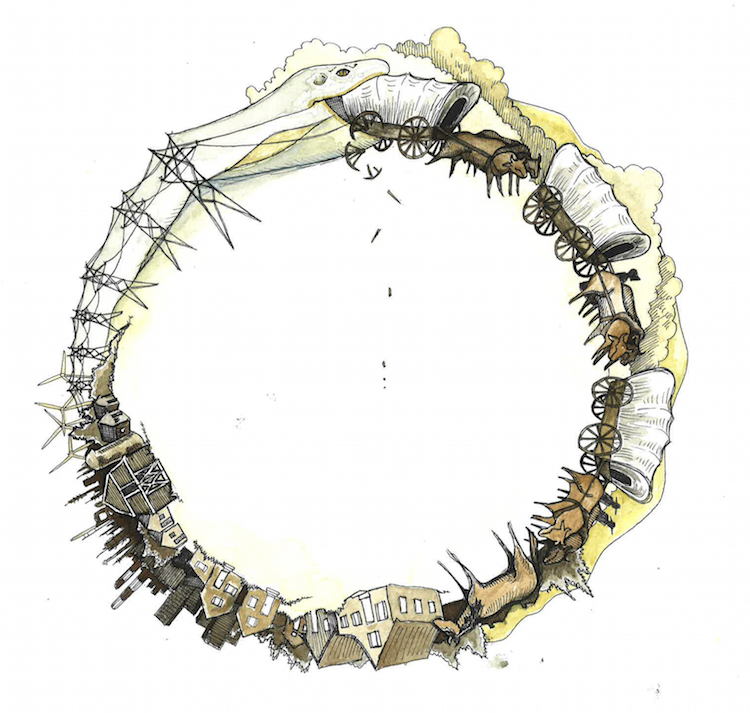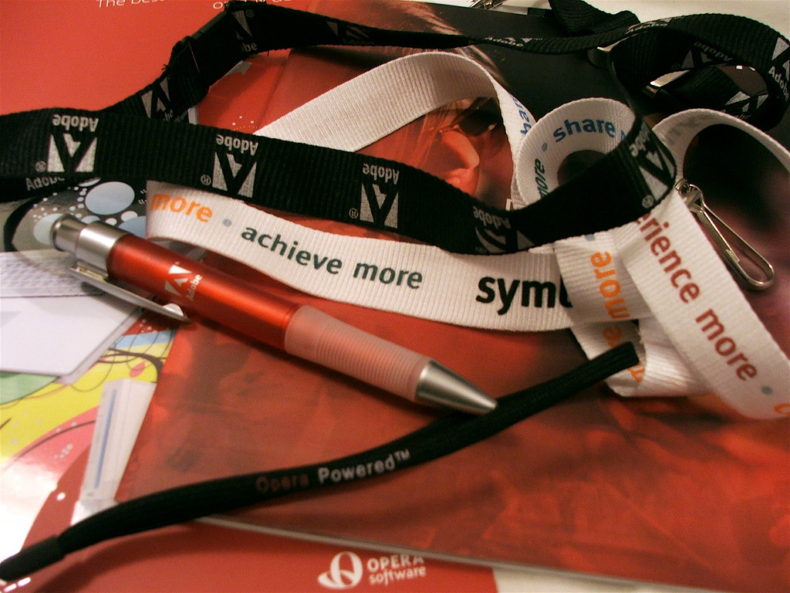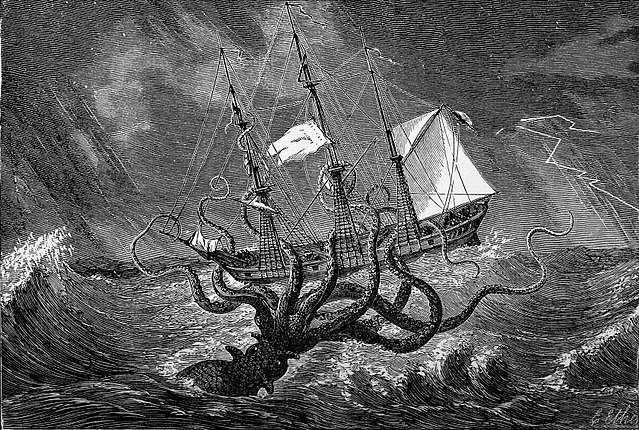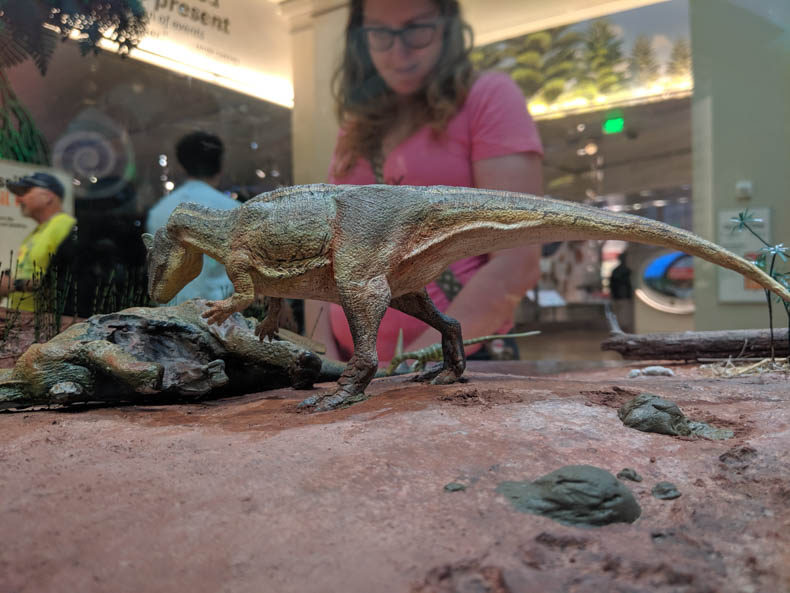The words you are reading have been typed by my own fingers, pressing little keys that make letters on my screen. If you really want to get into it, my keyboard is a little bit dirty. I don’t clean it often enough, and my kids use it a lot (I tell them to wash their hands, but who knows?). One time I spilled a smoothie on it. The smoothie was purple. Actually, that might have been a different dirty keyboard.
234567890-qwertyuityuuiop[uiop[]\\\\\\\\\\
Whoops. That was me trying to clean off my keyboard with a baby wipe. Also, all the documents on my computer flew away from each other, Spotlight search came up, and Spotify started playing “Heartbeat” by Matt Kearney, and then quickly switched to “Almost (Sweet Music)” by Hozier. I left the Hozier song playing and looked at my keyboard. It was still kind of disgusting.
I’m telling you this because this week I tried to give up my dependence on my keyboard, and in particular, the tiny keyboard on my phone. I had been talking with a friend recently about voice texting. She said that she has friends who can voice text so quickly that it sounds like another language.
I have never gotten into voice texting. I’ve never gotten into voice anything. Maybe because I tried it too early on. My dad, a lawyer who after retirement had a habit of picking up odd jobs—walking a great Dane, becoming a Guy Friday for a startup business—also answered a want ad for a product tester for a new voice dictation program. This was the early 1990s, and the program was called DragonDictate. He spent hours in his office, trying to speak…slowly…to his computer.
He tried to rope my brother and me into this effort. He even offered to pay us to talk to his computer, so it could start to learn more words and different voices. I only lasted an hour. It was too uncomfortable to hear my stilted voice, too frustrating to see the mixed-up sentences that blinked back at me. Too difficult to change my speaking style, which is the opposite of clear, loud, and precise.
I do wish my dad could see—or hear—how talk-to-type has taken off. In honor of Father’s Day, I thought I should try it myself, and so I made a deal with my friend that I would only text her by voice this week. Continue reading →

